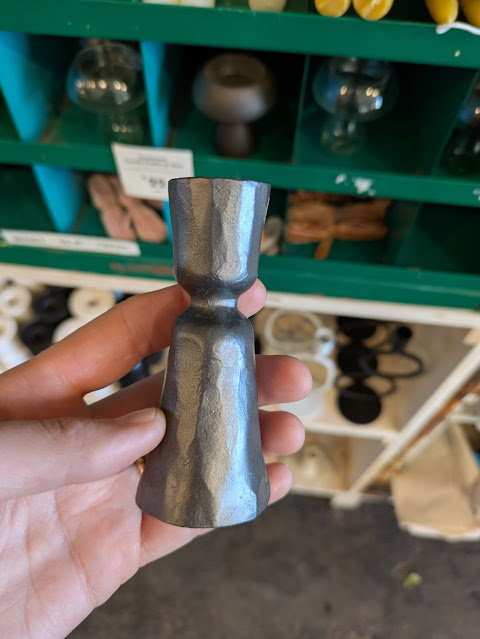Bee Ray
Final Touches
I really wanted my bee to be hairy, so I did some research and it seemed like V-Ray was the way to go in Rhino. Of course though, I immediately ran into issues. At first struggling for quite some time thinking I was doing something wrong, I realized it was actually something related to how the mesh had been processed up to this point. I tried remeshing, reducing, closing holes, OBJs, STLs and many other things in both Meshmixer and Rhino but V-Ray just refused to work on my USBee meshes. However, converting the meshes to SubD did allow the fur to be rendered by V-Ray with one catch, I couldn't control the density no matter what I did.
The two meshes with fur were created in Rhino,
the other pieces are different variations of importing my Meshmixer objects.
After some discussion with classmates, I was encouraged to just embrace the look I was getting. The dense fur had an almost Pixar like look to it.
2k Renders
(No matter what method I tried I couldn't get this USB mesh to look perfect)
Experimented a lot with bump maps
Bonus
I also decided I wanted to try experimenting with environment lights or "dome lights" as they're called in V-Ray and then added a bit of motion blur with Photoshop.
As frustrating as parts of this process were it was still a ton of fun and I found myself actually watching these 20 minute renders.













So cool. This turned out great!
ReplyDeleteThanks Jeff!
Deletethis thing is seamless!!!
ReplyDelete